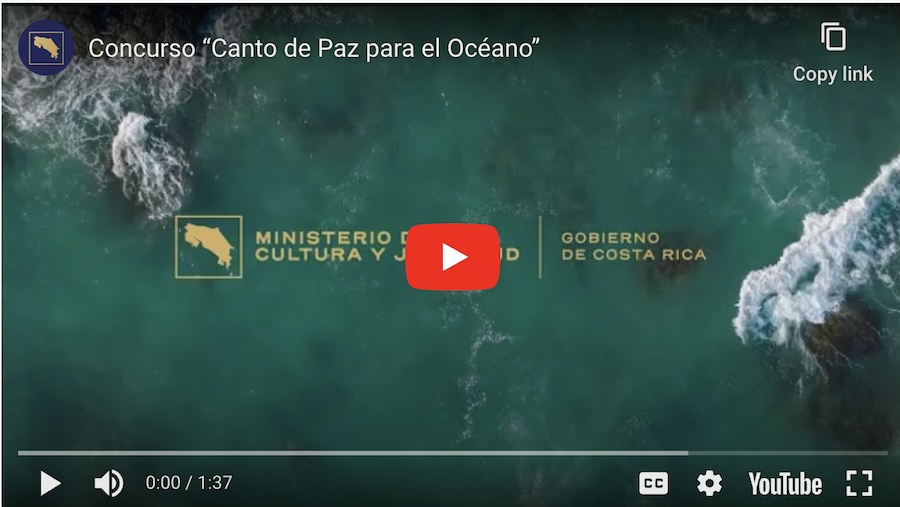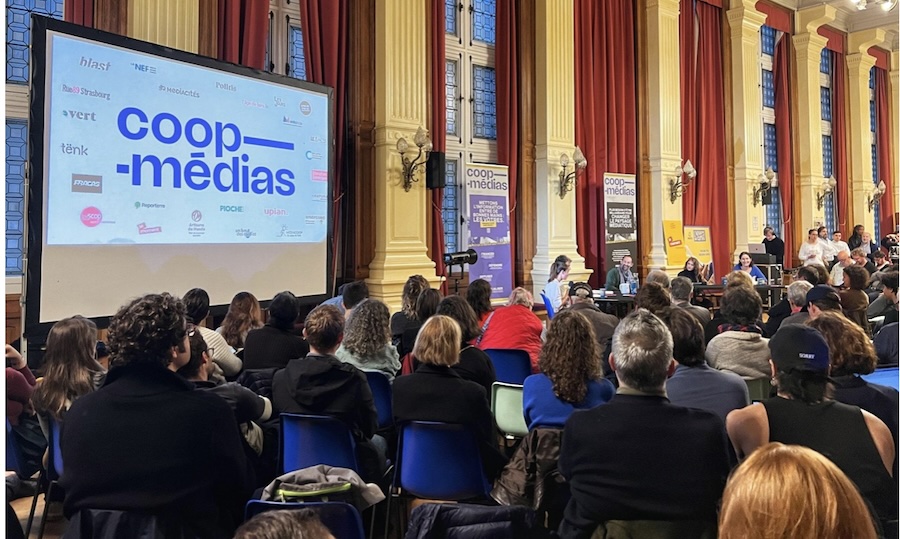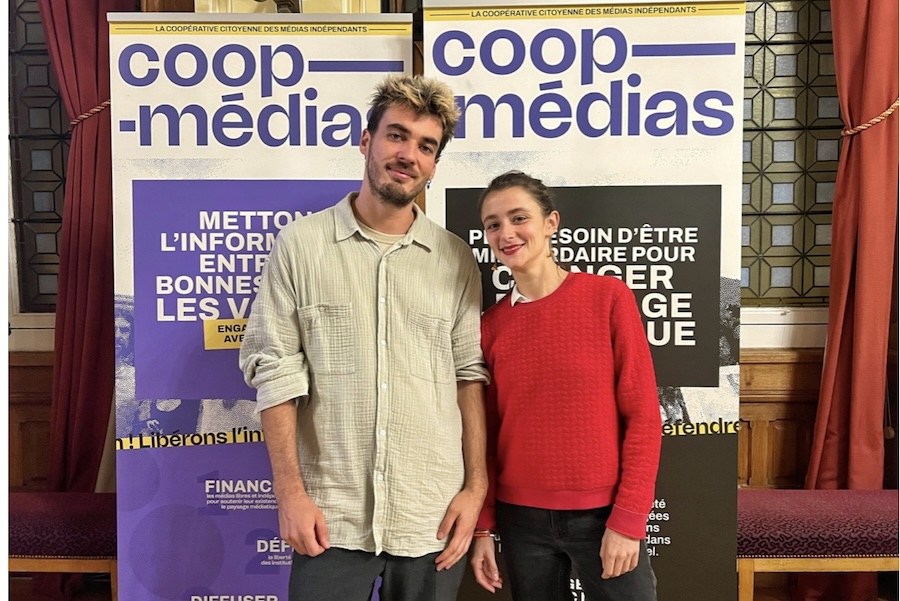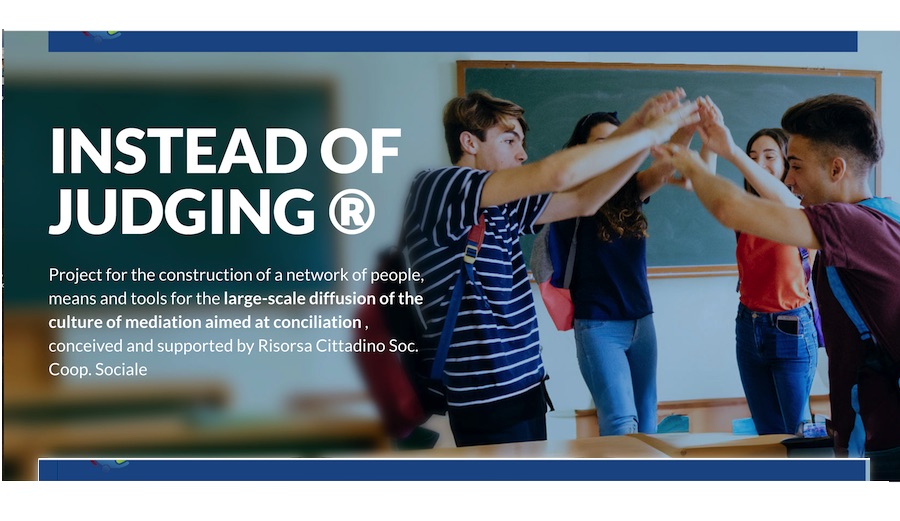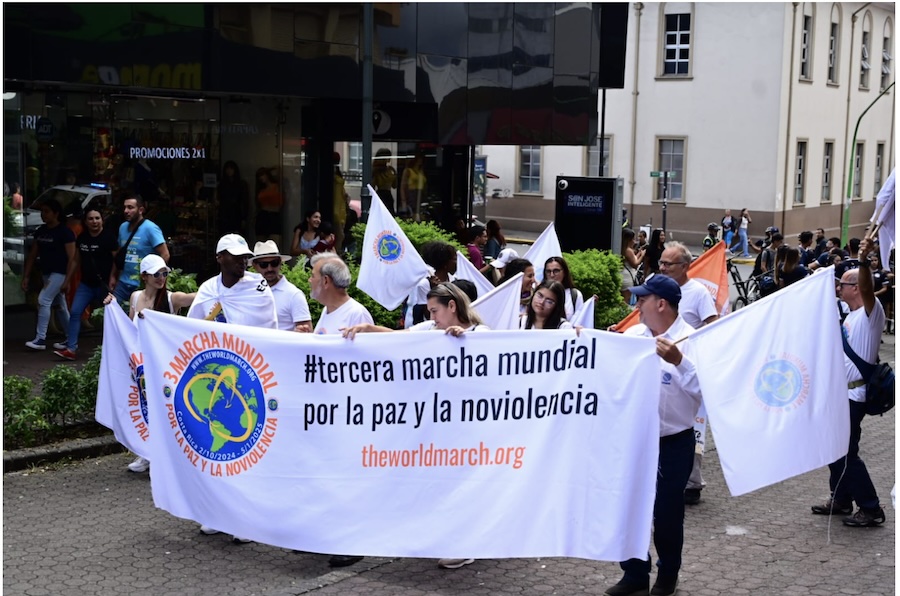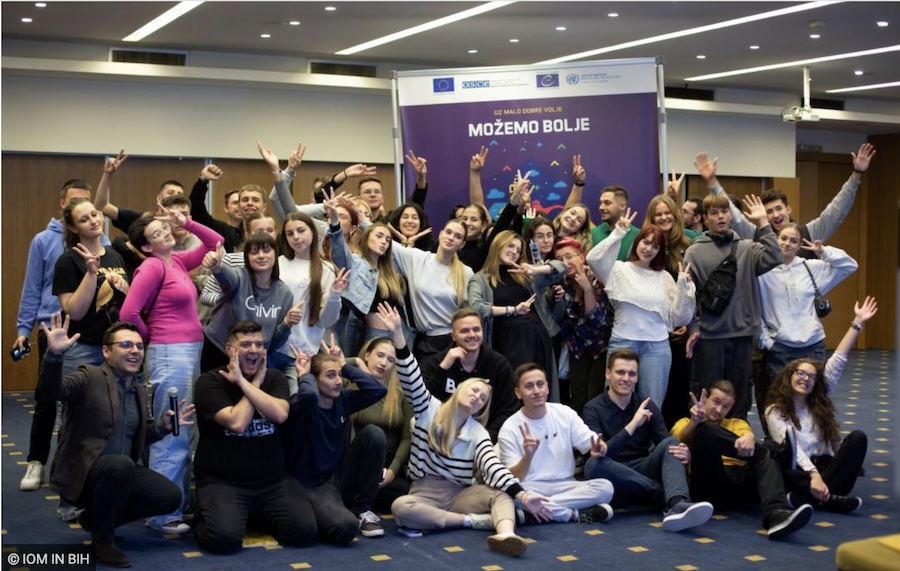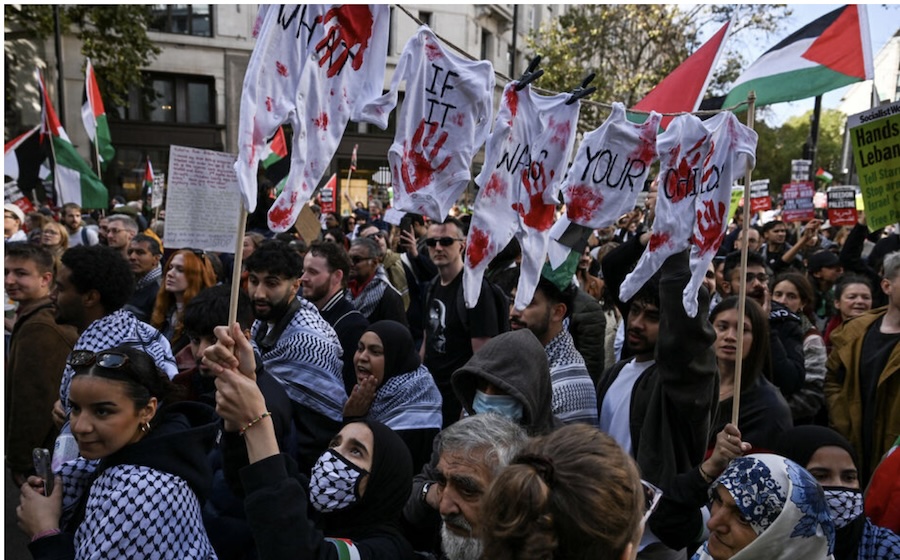… EDUCATION FOR PEACE …
An article from Lindero Norte Noticias (translation by CPNN)
The University Council of the Autonomous University of Baja California (UABC), the highest collegiate body representing the Cimarron community, approved the report on activities and the 2025 Work Plan of the Institutional Program for the Culture of Peace (PICP).
The report was presented by the coordinator of the unit for Gender, Diversity and Educational Inclusion (UGDIE), Yessica Martínez Soto, who highlighted that it reports on the actions carried out in five areas: educational inclusion; gender and violence; diversity and interculturality; mainstreaming of the culture of peace; and collaboration networks.
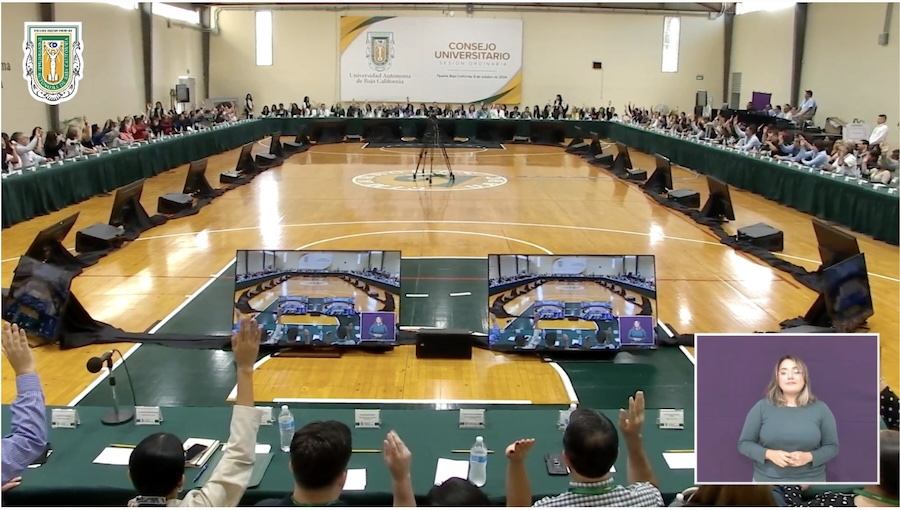
Among the activities presented by Dr. Martínez Soto is the formation of the LSM-UABC Commission made up of 16 people from the university community, who were in charge of interpreting the university motto in Mexican Sign Language (LSM).
Other notable actions include the publication, on November 25, 2023, of the “Declaration by which the Pronouncement of Zero Tolerance is issued for any situation or expression that violates the well-being and rights of people at UABC”; the ÚNETE and ORGULLODIVERSA UABC campaigns.
Discussions on university experiences were also organized, in which topics such as the inclusion of people with disabilities at UABC, women in academia, and the implications of trans identity in the classroom were addressed.
In addition, workshops, training sessions and discussions were held on topics such as inclusive language, autism, art and gender, prevention and eradication of violence, interculturality and higher education, suicide prevention, teaching, culture of peace and human rights.
In collaboration with BBVA and the Vice-Rectorate of the Tijuana Campus, the Job Fair for People with Disabilities was held. Likewise, work was done on training peace agents, through the integration of the Reading Circle for Peace.
(Article continued in right column)
Is there progress towards a culture of peace in Mexico?
(Article continued from left column)
Likewise, the project “Daily Steps for Peace” was implemented, through which, through a monthly digital calendar, each day an informative and dissemination resource is offered related to the main dimensions that contribute to the construction of a culture of peace, such as human rights, gender, diversity and inclusion.
The UGDIE coordinator explained that, among the actions scheduled in the PICP 2025 Work Plan, are the preparation of guides, decalogues and protocols that establish guidelines for inclusion from language, disabilities, for the construction of peace actions in university instances, attention to sex-gender diversity and harmonious coexistence.
The university violence meter will also be created, a program to prepare trainers in non-violent communication, a MOOC course on peace culture, a toolbox for self-care and personal peace, and a network of young people for peace.
Likewise, a university consultation will be held on violence and discrimination rates; the route for reissuing documents due to change of identity will be outlined, and a day of intercultural self-determination will be organized.
Modifications in the educational program and academic unit
Likewise, with the purpose of responding to the needs demanded by the global context, the University Council approved modifications of the educational program of the doctorate in Administrative Sciences.
Finally, at the request of the Technical Council of the Faculty of Sports, the Faculty was divided into three independent academic units, one for each campus. The split is based on the socioeconomic and cultural conditions and needs presented by the Faculty. In addition, it will contribute both to the efficient decentralization of the university’s resources and functions and to the promotion and development of the region.
– – – – – –
If you wish to make a comment on this article, you may write to coordinator@cpnn-world.org with the title “Comment on (name of article)” and we will put your comment on line. Because of the flood of spam, we have discontinued the direct application of comments.
